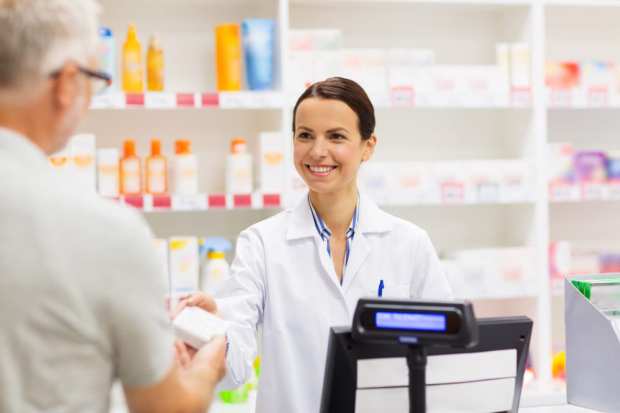What Is Driving Pharmacy Retail Innovation?

Retail innovation can be found in a variety of places – and that includes pharmacies, where the retail model is being revised and even reinvented.
One reason for all of that? A looming doctor shortage.
According to a report by the Association of American Medical Colleges (AAMC), the country will see a scarcity of 46,000-130,000 physicians by the end of the next decade – and that shortfall won’t be felt equally. Not only that, but a study from The American Journal of Medicine indicates that market pressures in the industry are pulling doctors away from primary care and into sub-specialties. According to the report, last year the Accreditation Council for Graduate Medical Education (ACGME) approved 4,697 fellowship programs in 123 different subspecialties.
Clinic Trend
Minute clinics and other walk-in options offer a faster experience across the board, as well as instant access to a doctor. Although they sacrifice the proven benefits of a close relationship with a trusted internist, they don’t have the short-term pain of long wait times.
Walgreens’ new partnership with VillageMD in the greater Houston area is an interesting attempt to bridge that gap, aiming to offer a “best of both worlds” experience for its customers: the longitudinal benefits of a long-term relationship along with a primary care group and the instant accessibility of a walk-in clinic. VillageMD will operate primary care clinics within five Walgreens stores. The 2,500-square-foot offices will have a separate storefront and a door connecting the two spaces.
Fulfillment, too, is serving as fuel for innovation in this area of retail.
Amazon switched from two-day shipping as its standard base (rapidly followed by Walmart and others), groceries delivered within an hour or two is becoming increasingly mainstream and there is any number of services available to deliver any type of food in an hour or less for a fee. The obvious appeal for consumers is convenience.
But although it is easier to get anything and everything delivered on-demand, in the vast majority of cases it is not a matter of life or death. The customer might not want to drive across town to a store to pick up produce, for example, but apart from being inconvenient, it won’t hurt them.
Different Story
But prescription drugs are a different story, noted NowRx CEO Cary Breese in a recent PYMNTS interview.
“In pharmacy, and healthcare generally, same-day/same-hour delivery is about much more than just customer convenience – it can often be absolutely vital,” Breese said, noting that the more health-impaired a consumer, the more difficult it can be for them to physically pick up their medications. And while there are various online mail-order pharmacies in the market, there is often a gap of at least two days between order and receipt, possibly longer.
A sick child who needs antibiotics, a person with a chronic medical condition or a patient in pain doesn’t have a few hours to wait, let alone a few days, Breese noted. As is the case in most delivery stories, the most difficult and inefficient part of doing business is the last mile of delivery that gets the goods from their final staging area into consumers’ hands.
“Unlike other online pharmacies, NowRx operates locally based facilities with high automation and low, fixed overhead, so prescription medications can be rapidly filled and delivered to customers the same day free of charge, or within one hour for a $5 expedited fee,” Breese said.
It is better not only for the patient, he said, but also for public health. A contagious patient can wait for their medication at home rather than having to stand in line, potentially spreading dangerous contaminants onto everyone else in the pharmacy.
Consumers can expect more innovation in this area in the coming months and years – the need for medicine, of course, never expires.
